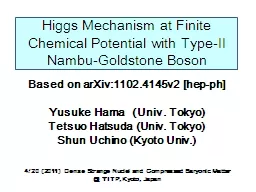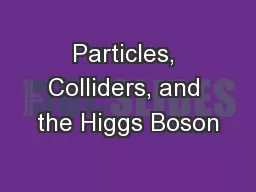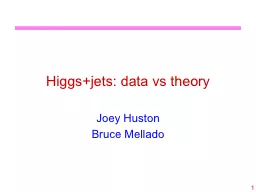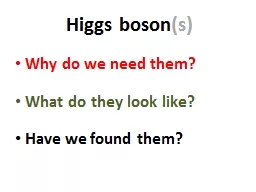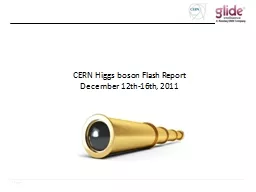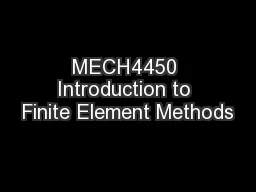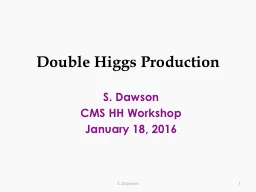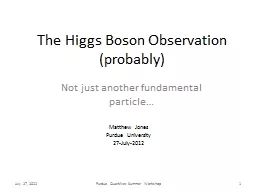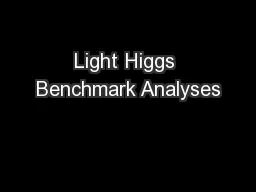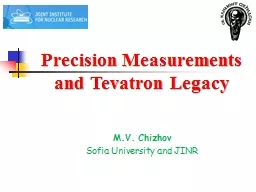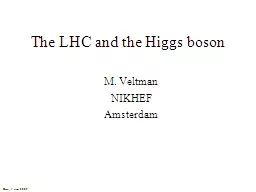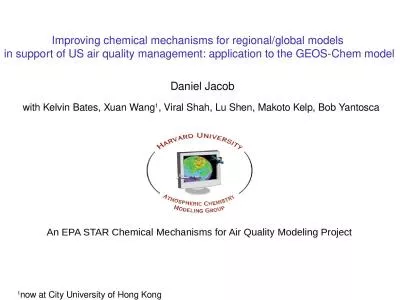PPT-Higgs Mechanism at Finite Chemical Potential
Author : myesha-ticknor | Published Date : 2016-04-26
with TypeII Nambu Goldstone Boson Based on arXiv11024145v2 hep ph Yusuke Hama Univ Tokyo Tetsuo Hatsuda Univ Tokyo Shun Uchino Kyoto Univ 420 2011 Dense
Presentation Embed Code
Download Presentation
Download Presentation The PPT/PDF document "Higgs Mechanism at Finite Chemical Poten..." is the property of its rightful owner. Permission is granted to download and print the materials on this website for personal, non-commercial use only, and to display it on your personal computer provided you do not modify the materials and that you retain all copyright notices contained in the materials. By downloading content from our website, you accept the terms of this agreement.
Higgs Mechanism at Finite Chemical Potential: Transcript
Download Rules Of Document
"Higgs Mechanism at Finite Chemical Potential"The content belongs to its owner. You may download and print it for personal use, without modification, and keep all copyright notices. By downloading, you agree to these terms.
Related Documents

